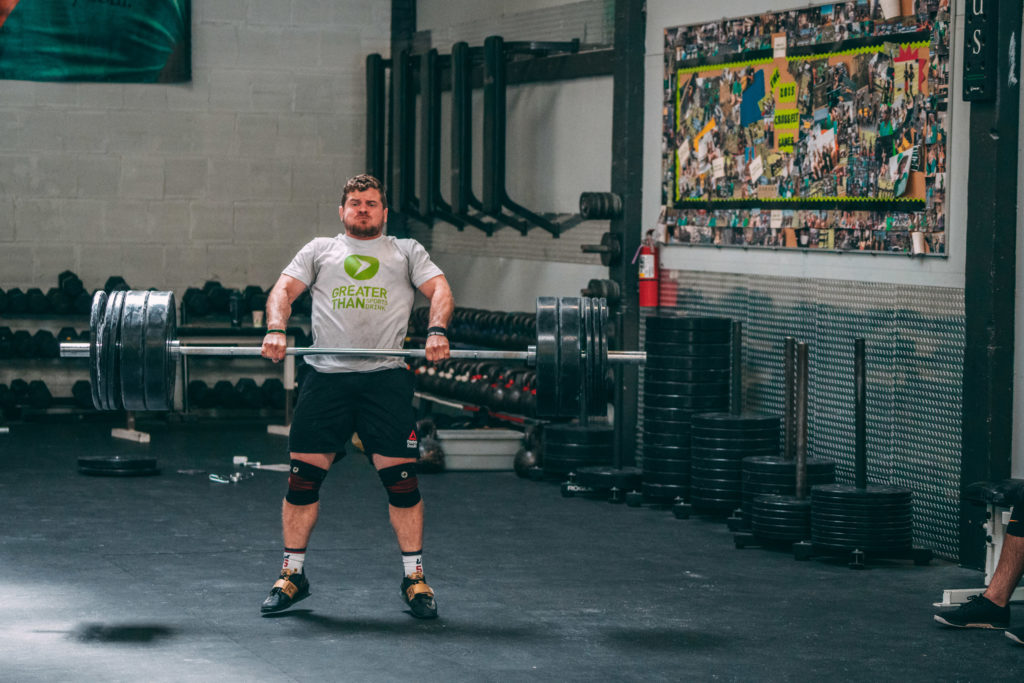
Using Pulls with a Pause to Diagnose Your Oly Lifts
Written by Ricky Moore
Struggle with the snatch and the clean? Self help with Pulls with a pause!
I have seen many lifts over the years and continue to see athletes struggle with bar path and balance. When I attended the USAW coaching symposium in Miami in 2019, Pyross Dimas gave us a drill that I have found tremendous success with in addressing issues with the bar path. It is the clean or snatch pull with a 2-second pause at the top.
Pull with a Pause
Here is the proper way to do a Pull with a Pause. This drill helps the athlete find the balance through the foot, hips and upper body tension in the lift. If you do a clean or snatch pull correctly, you would be able to hold the bar either in a regular pull or even high pull for 2 to 5 seconds. If you cannot do that there will be IMMEDIATE feedback to what is exactly happening.
How to Diagnose Your Bar Path
Set up a camera at a side view to where you are lifting and perform a few sets of Pulls with a Pause. This will allow you to both visually review your bar path and also receive immediate feedback from the bar if it pulls you forward or causes you to fall backwards.
Common Bar Path Mistakes
Here are some reasons you might be committing one of these mistakes.
Getting Behind the Bar too Soon
This ends up bringing your hips forward and causing you to bang the bar with your pelvis or hip bone (this is the most common mistake).
Being too Far Forward
This is due to the timing of when your arms are pulling (too soon) or that you are using your arms too much before the legs finish the drive.
Pulling too Soon/Getting Over the Bar too Early
For athletes who get their shoulders over the bar very early, they end up moving their hips too much on a horizontal line instead of a vertical line. This athlete should focus on keeping their shoulders over the bar as long as possible until they find their balance with the pull with a pause.
Swinging Bar Out/Too Armsy
For those that are too “armsy” I would suggest wearing straps or shaking their arms out right before they go to neurologically tell them to relax and utilizing their legs to do the work. The lats should play more of a roll then their biceps and grip strength, which are still important but can sometimes over take their leg drive.
You can incorporate many sets, reps and intensities. I would first start at 5 sets of 3 reps @ 60-65% utilizing a high pull. As the intensity increases, bring the reps down (and you won’t be able to get the bar as high, by default). I would be willing to bet that some of you will feel an immediate difference with just the barbell warming up. If you are able to pull 85% and hold for 3 to 5 seconds and above your belly button, it might be safe to say you have a new 1-RM snatch or clean to chase!